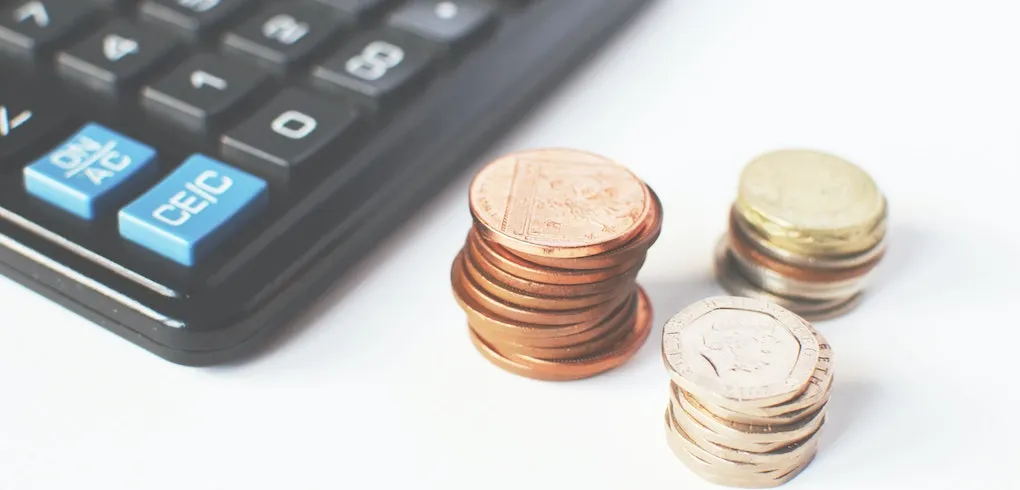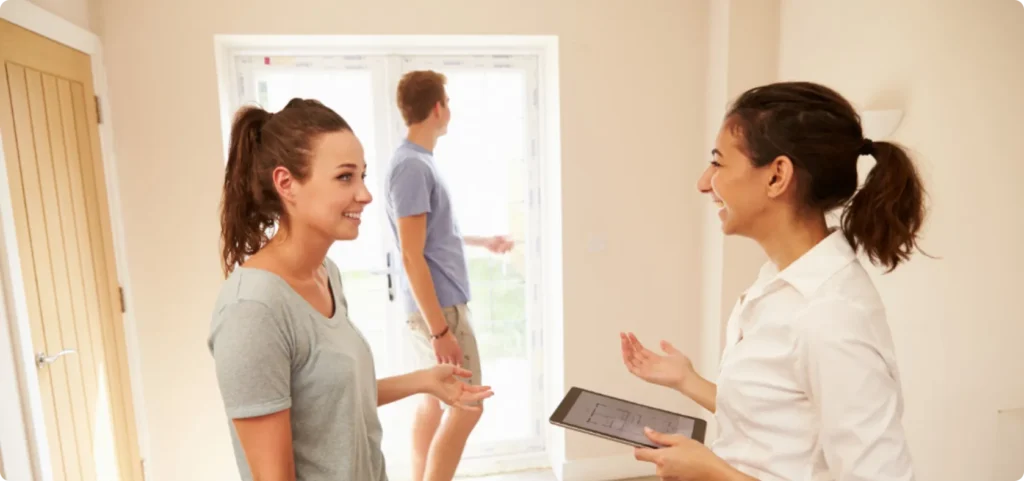A friendly team by your side
With 50 years of service, we’ve seen it all. We can save you money, time and make buying your property easy.
Here you can use our Stamp Duty calculator to work out how much Stamp Duty Land Tax you’ll pay when purchasing a new property.
If you’re looking to borrow money to purchase a property, we strongly advise that you speak to our mortgage advisers to find mortgage deals that match your unique situation.

Stamp Duty – officially known as Stamp Duty Land Tax (SDLT) – is a tax payable if you purchase property or land in England or Northern Ireland over £125,000.
Stamp duty is a tiered tax, meaning the total amount you pay depends on the price of the property and whether it is your primary residence, a second home, or a rental property. In Scotland, Stamp Duty is known as Land and Buildings Transaction Tax. In Wales, it’s known as Land Transaction Tax.
1
Stamp Duty is only payable on property purchases above a certain value, currently £125,000 for homemovers. Below the nil rate threshold, no tax is due.
2
The rates are progressive, increasing in bands as the price of the property increases
3
Additional properties, such as second homes or buy-to-let properties, come with a Stamp Dutysurcharge of 5% on top of the standard rates
4
Special reliefs may apply to first-time buyers, which can reduce the amount of Stamp Duty owed or exempt them altogether, depending on the purchase price
If you’re a first-time buyer, you won’t have to pay SDLT for properties valued at up to £300,000. If your property is worth between £300,000 and £500,000, you’ll pay no SDLT on the first £300,000 and only pay 5% on the portion between £300,000 and £500,000. If the property is worth more than £500,000, you won’t qualify for the exemption regardless of whether you’re a first-time buyer and will have to be Stamp Duty at the standard rates.
Here are the current rates of Stamp Duty for first-time buyers:
| Property Value | SDLT for FTBs from 1/4/2025 |
|---|---|
| Up to £300,000 | 0% |
| £300,001 – £500,000 | 5% |
The standard rates for Stamp Duty – for non-first-time buyers – are as follows:
| Property Value | Standard SDLT from 1/4/2025 |
|---|---|
| Up to £125,000 | 0% |
| £125,001 – £250,000 | 2% |
| £250,001 – £925,000 | 5% |
| £925,001 – £1,500,00 | 10% |
| £1,500,001+ | 12% |
If you want to make Stamp Duty calculations simple, use our first-time buyer Stamp Duty calculator above or take a look at our SDLT calculator
You can use these calculators to work out how much Stamp Duty you’ll have to pay.
If you want to know more about how it works, see the examples below:
The HMRC is the UK tax authority and it has a specific definition of a first-time buyer. In a guide that was published in 2017, it stated: “A first-time buyer is defined as an individual or individuals who have never owned an interest in a residential property in the United Kingdom or anywhere else in the world and who intends to occupy the property as their main residence.”
If you want to qualify for first-time buyer Stamp Duty relief, it’s essential to understand this definition. The “interest” in a property here is considered to be any direct equity stake in a property – whether freehold or leasehold. This applies even if the amount of equity held was tiny. If you were on the title deeds, then you’ve owned an interest even if the property was in another country.
However, if you’ve only been an owner of any property indirectly – such as through a real estate investment fund or via a limited company – then you may still qualify as a first-time buyer as you wouldn’t be on the title deeds in your personal name.
There’s also the exception regarding previous ownership of a property subject to a lease that was only 21 years or less. The tax authority sees this as a short lease and so irrelevant. If you owned a property with a short lease you may be able to potentially re-enter the housing market as a first-time buyer. It’s best to speak to your conveyancer or a tax adviser to see if you could qualify.
You must make a declaration during the house purchase process that you’re a first-time buyer. The conveyancer or solicitor acting on your behalf will ask you to complete the first-time buyer declaration form. Generally speaking, you’re not considered to be a first-time buyer until stated so on this form.
If you’ve ever owned a property, or land that can be used for residential purposes, then there will be a record with the Land Registry. Checking this is quite easy.
Time also makes no difference. Whether you owned a property decades ago, you bought one with a person you’re now divorced from or the property no longer exists, you still count as a previous property owner.

To qualify for the first-time buyer Stamp Duty exemption, you must declare during the property transaction that this is the first property you have ever owned. The solicitor or conveyancer you’ve engaged will request that you complete a first-time buyer declaration form. It’s generally assumed that you aren’t a first-time buyer until it’s stated that you are by completing this form.
There are plenty of ways the Government can make checks to certify that you are a first-time buyer so it’s important you’re honest throughout the process. Any property or residential land you’ve ever owned will be noted with the Land Registry and this is relatively easy to investigate.
HMRC also has agreements with a variety of tax authorities in a number of other jurisdictions, so they’ll be able to find out if you’ve owned a property in another country.
Even if you owned property many years or even decades ago, this will still disqualify you as a first-time buyer.
There could be serious consequences if you lie about being a first-time buyer. Making a false declaration to HMRC is considered tax evasion, which could mean it’s possible you’ll lose your home and maybe other assets. You may also acquire a criminal record.
HMRC has access to Land Registry and the SLDT databases. HMRC can also demand to see and assess bank statements and your credit reports. If they decide to proceed with an investigation, it’s fair to assume that they’ll discover if you’ve previously owned property before, whether in part or in full.
HMRC has information-sharing arrangements abroad too, so it’s unlikely that you’ll be able to hide previous or present property ownership in other countries either.
Inheriting property also matters when you want to qualify as a first-time buyer. If you inherited land or property from a relative, you won’t be able to declare that you’re a first-time buyer. This is also the case if you were gifted property or if someone else purchased a property and added you to the title deeds. One main exception which would still allow you to qualify as a first-time buyer is if you inherited property that was not residential or was mixed-use without any type of dwelling.
Many buyers make the common mistake of thinking that because they haven’t actually purchased a property, they could still qualify as a first-time buyer. To be a first-time buyer, you must not have owned residential property before – i.e. you must not have been on the title deeds as an owner – regardless of whether you bought it yourself or not.
For any tax advice about inheritance, speak to a tax adviser about the different options.
We’re a people company. Our diverse range of talented people each bring their own knowledge and experience to the business.